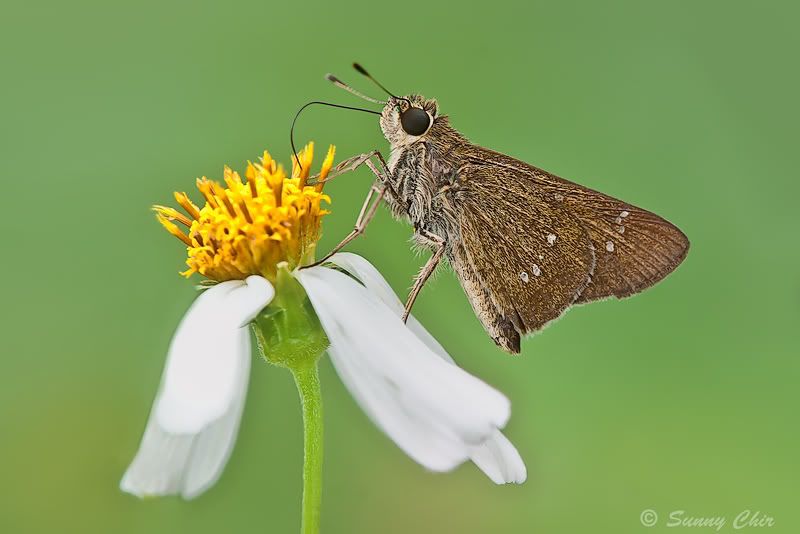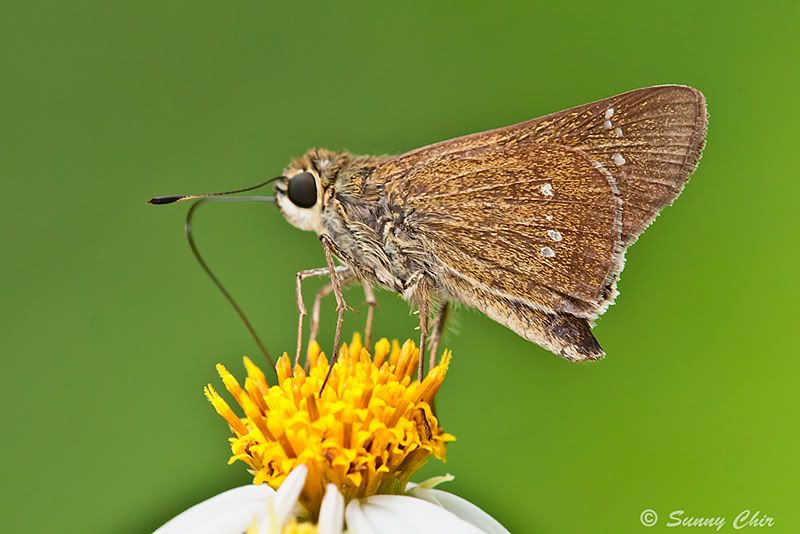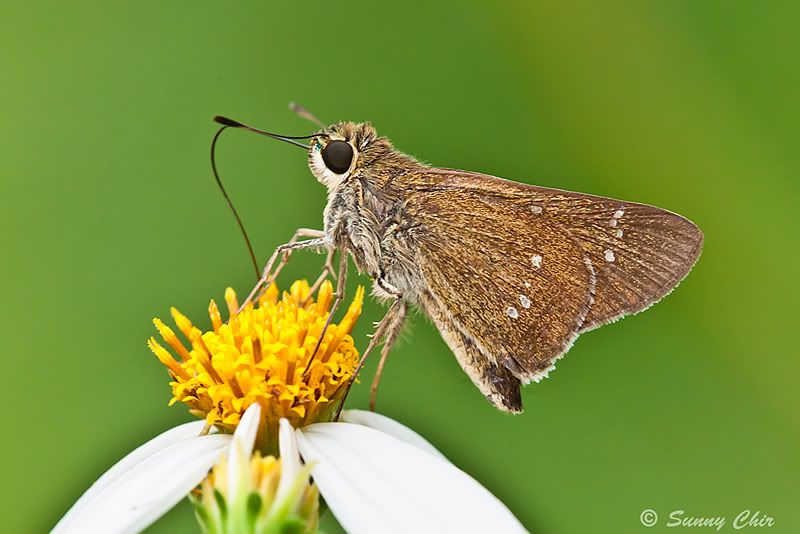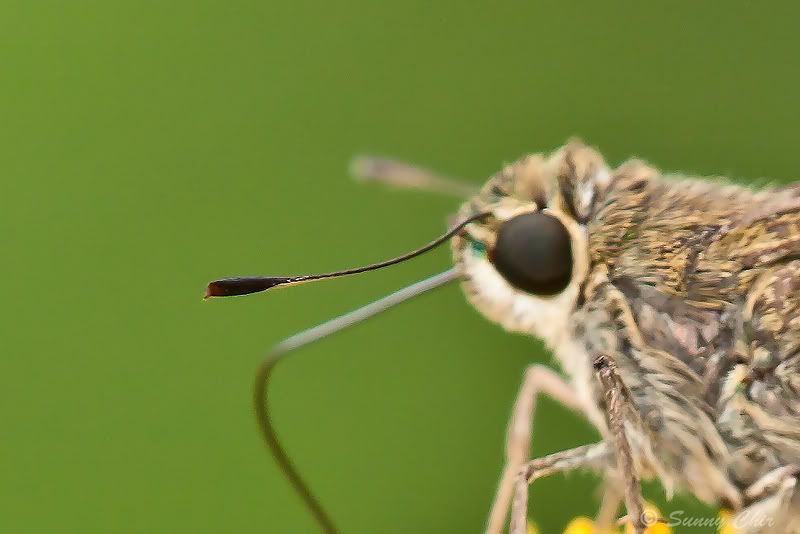Dr. Seow ,
My deduction , please correct me if I am wrong:
Possibly a Pelopidas or a Borbo cinnara
There are 3 species of Pelopidas here in Singapore , P.conjunctus, P. assamensi and P.Mathias.
We can rule out P. conjunctus as the base color is of a darker brown, the P. assamensi was ruled out too as it is at least 1.5 times that of a P. mathias.
That left P. Mathias, this species also frequently have very small or insignificant hindwing basal spot or a Borbo cinnara
cheers!






 Reply With Quote
Reply With Quote



